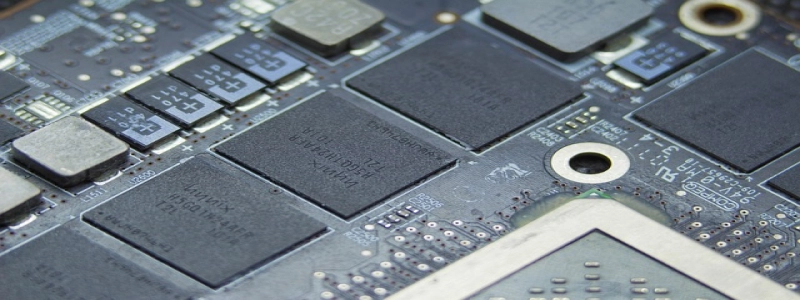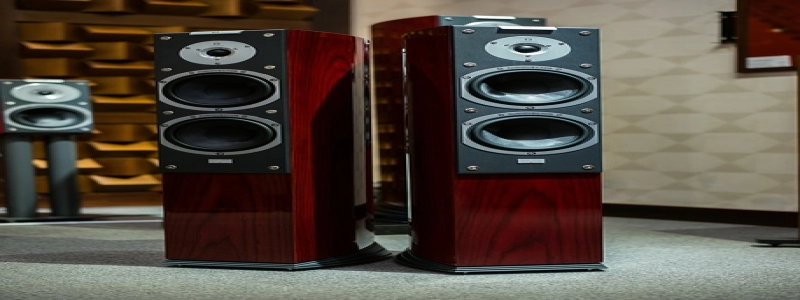WiFi Transceiver
Introduction
WiFi transceiver is a wireless communication device that is used for transmitting and receiving signals over a WiFi network. It plays a significant role in enabling the wireless connectivity that we rely on for various applications such as internet browsing, video streaming, online gaming, and file sharing.
I. What is a WiFi Transceiver?
A WiFi transceiver, also known as a wireless network adapter or WiFi card, is a hardware component that allows devices such as computers, smartphones, and tablets to connect to a wireless network. It consists of two main components: a transmitter and a receiver. The transmitter converts the digital data into radio waves, while the receiver converts the received radio waves back into digital data.
II. How Does It Work?
The WiFi transceiver operates on the principle of radio communication. It uses the 2.4 GHz or 5 GHz frequency band to transmit and receive data. When a device wants to connect to a WiFi network, the WiFi transceiver searches for available networks by scanning the surrounding area. Once a network is detected, the transceiver establishes a connection by sending and receiving data packets through the wireless medium.
III. Types of WiFi Transceivers
1. Internal WiFi Transceiver
– Internal WiFi transceivers are integrated into devices such as laptops, desktop computers, and smartphones. They are built-in components that allow these devices to connect to WiFi networks without the need for an external adapter.
2. USB WiFi Transceiver
– USB WiFi transceivers are external devices that can be connected to any device with a USB port, such as computers and gaming consoles. They are convenient and portable, allowing users to easily add WiFi connectivity to their devices.
3. PCIe WiFi Transceiver
– PCIe WiFi transceivers are designed for desktop computers and provide high-speed wireless connectivity. They are installed directly into the motherboard through the PCI Express slot, offering a more stable and reliable connection.
IV. Features and Specifications
WiFi transceivers come with various features and specifications that determine their performance and capabilities. These include:
1. Wireless Standards
– WiFi transceivers support different wireless standards, such as IEEE 802.11a/b/g/n/ac. Each standard provides specific data transfer rates and range.
2. Data Transfer Rates
– The data transfer rate defines how quickly the transceiver can send and receive data. Higher transfer rates result in faster internet speeds.
3. Antenna Configuration
– WiFi transceivers can have different antenna configurations, such as internal or external antennas. Antennas affect the range and signal strength of the transceiver.
4. Security Protocols
– WiFi transceivers support various security protocols, such as WEP, WPA, and WPA2, to ensure secure and encrypted wireless connections.
V. Conclusion
WiFi transceivers are crucial components for enabling wireless connectivity in devices. They allow us to access the internet and connect to networks without the hassle of wires. With advancements in technology, WiFi transceivers continue to evolve, offering faster speeds, longer ranges, and enhanced security features. As our reliance on wireless communication grows, WiFi transceivers will continue to play a vital role in our daily lives.








